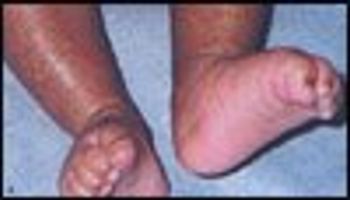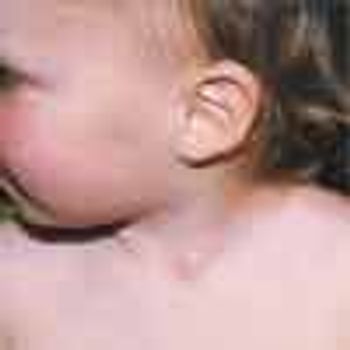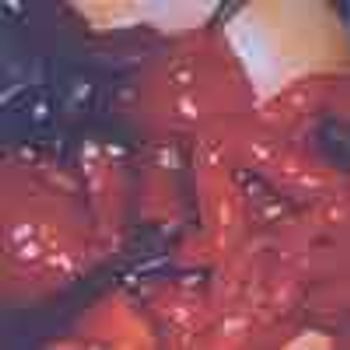
In children, most causes ofitching are the result of skin disease,not underlying systemic illness. The mostcommon dermatological causes of pruritusare atopic and contact dermatitis,urticaria, miliaria rubra, infections, insectbites or infestations, xerosis, and aquagenicpruritus. A careful history andphysical examination usually reveal thediagnosis. The location, chronicity, timeof occurrence, and nature of the itchingoffer important diagnostic clues, as doprecipitating factors, associated symptoms,drug use, exposure to infectious diseasesor pets, psychosocial history, past health,and family history. Treatment of the underlyingcause of itching should beaddressed whenever possible. Symptomatictreatment is essential to breakthe itch-scratch cycle.





